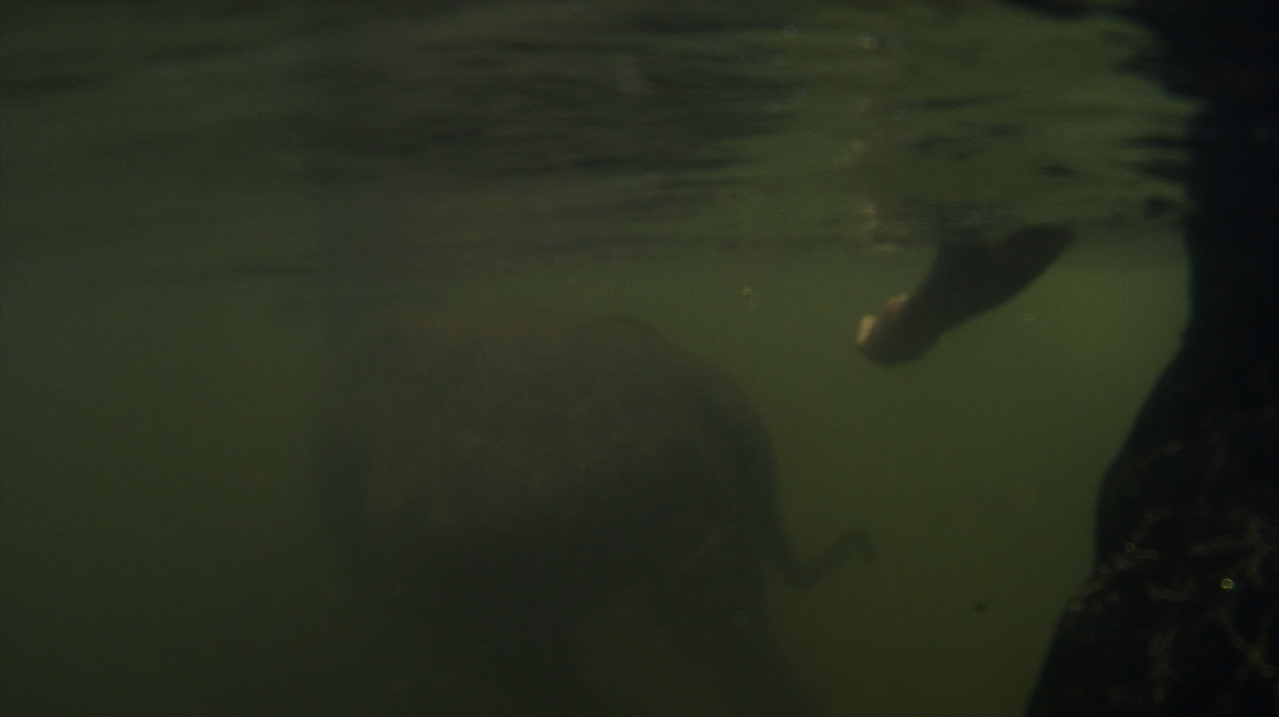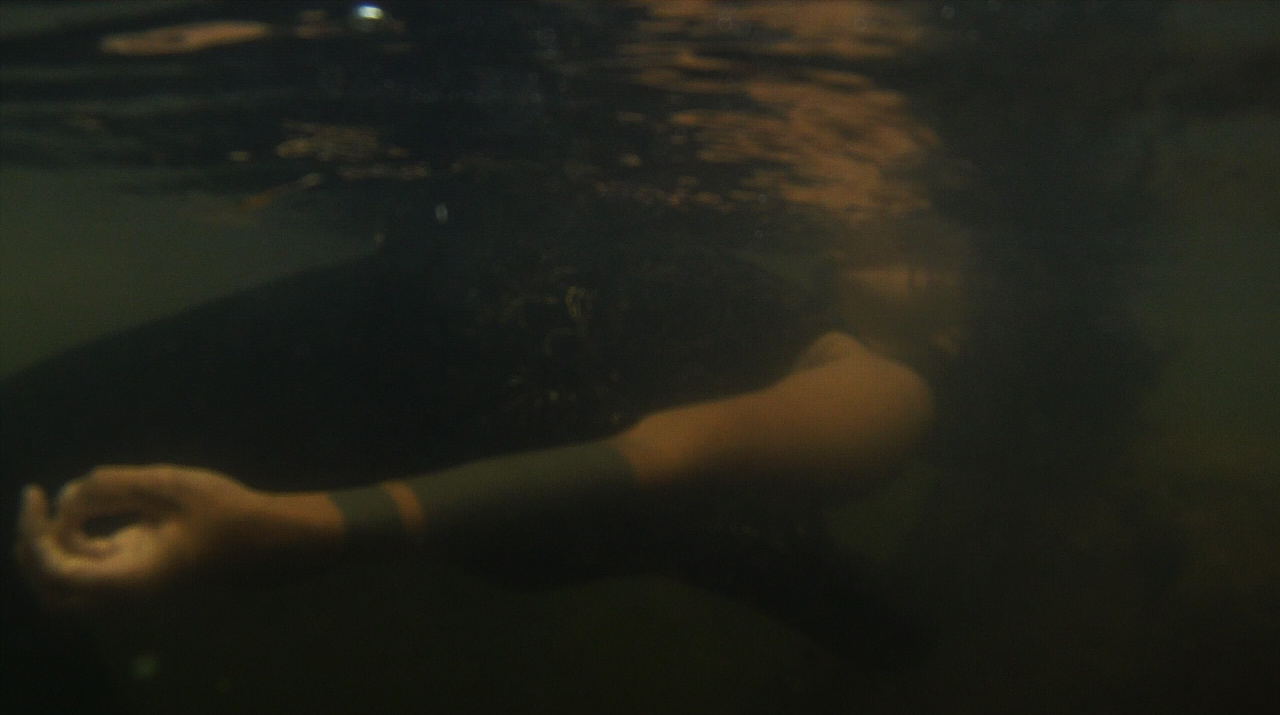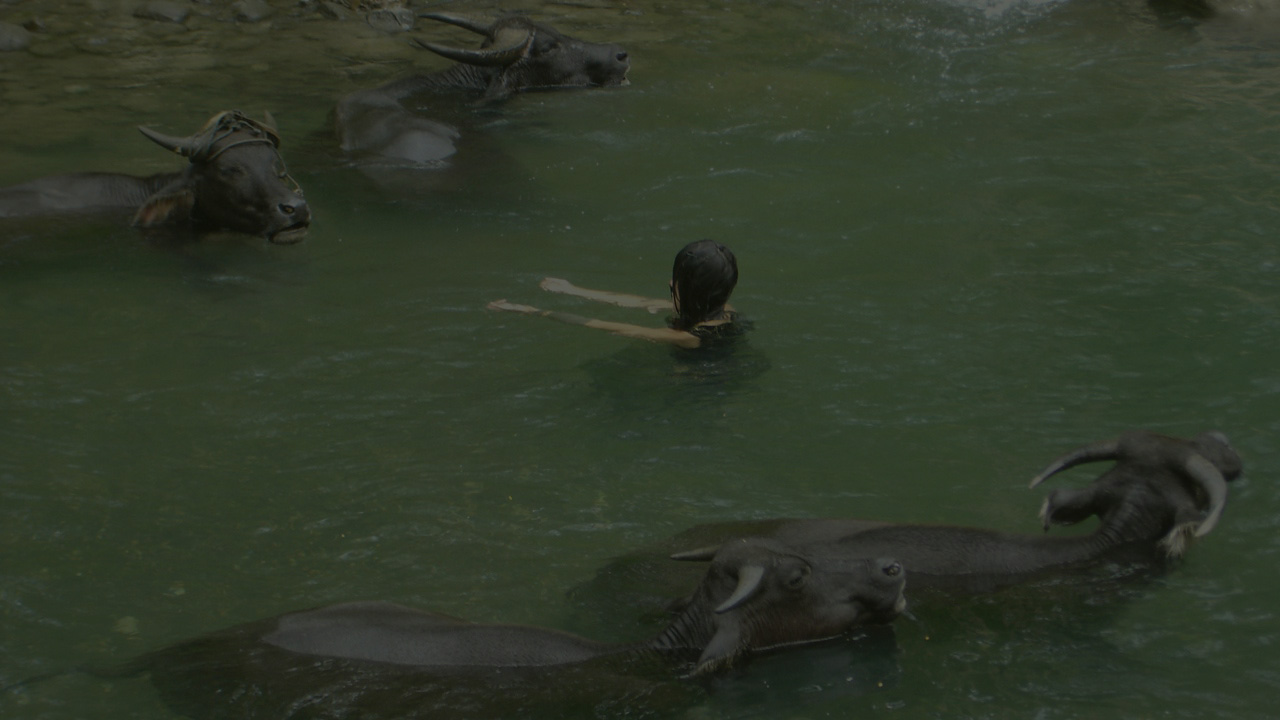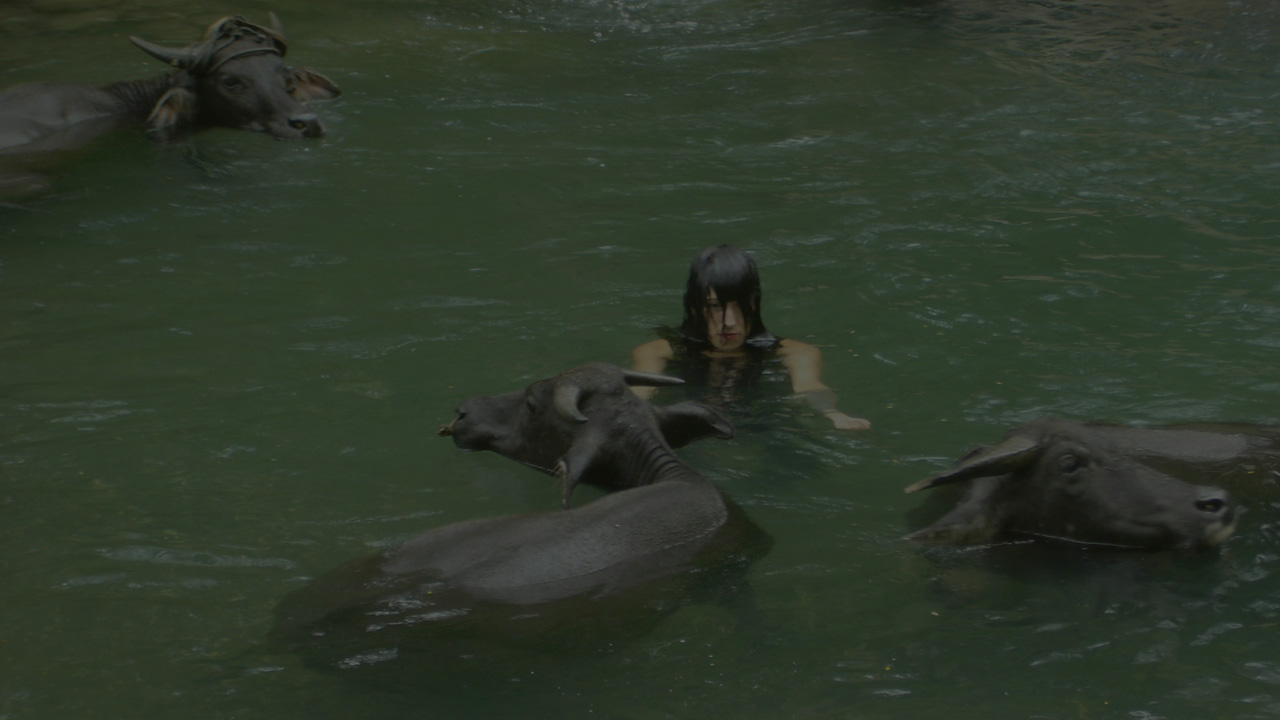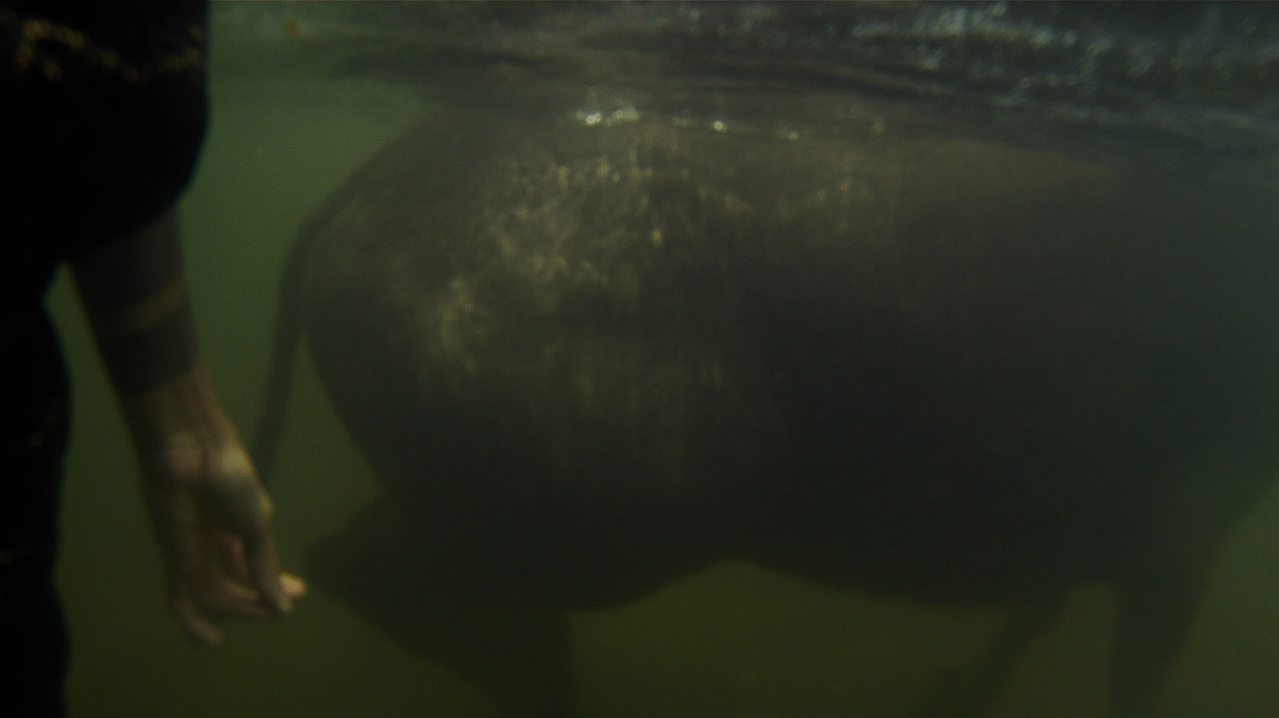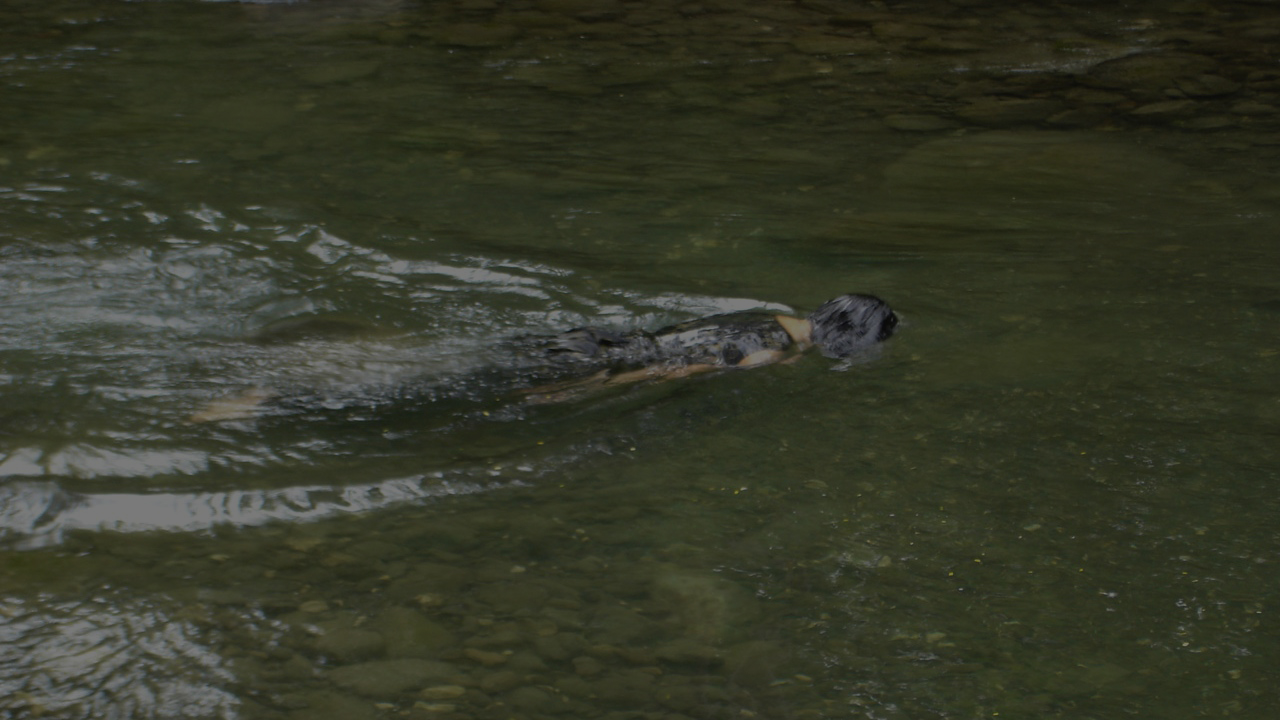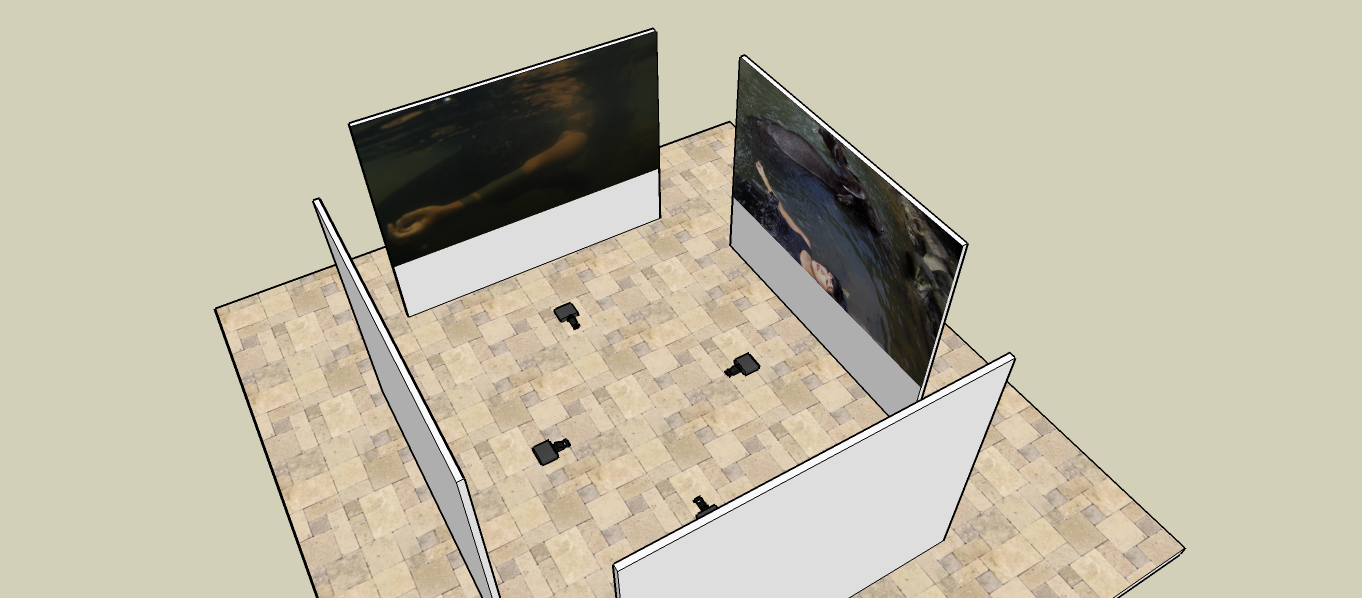Lost Paradise, multi screen video-installation at Vargas Museum. Solo exhibition curated by Patrick Flores [13th October – 16th November 2018. Manila, The Philippines]. Supported by The Embassy of Spain in the Philippines and the Instituto Cervantes de Manila / International Cooperation and Promotion of Culture – Ministry of Culture and Sport.
Text of the exhibition catalogue PDF: A Possible Dissolution by Patrick D. Flores.
* Exhibition documentation in this link.
–
ENG// Lost Paradise is the main project of Marta Moreno Muñoz´s PhD research ‘Art as an Experience of the Dissolution of the Self’. Produced in 2013 during an artist residency at Green Papaya Art Projects, Lost Paradise was filmed in Mindanao assisted by a local crew.
“I understand artistic practice as a vehicle that can transform life, our relation with ourselves, society, and the natural world by experimenting with our subjectivities, expanding the consciousness and therefore creating new existential scenarios. Lost Paradise deals with the theme of the regression towards our animal condition, approached from a perspective close to pantheism and with a feeling of oneness with nature. The main idea of this project is becoming buffalo; for that, I intended to establish a coexistence with the water buffaloes by bathing daily with them in the water for the duration of one month in which for some extended periods I remained completely silent in a meditative state. The whole process was documented with texts and video and these materials have led to a multi-screen video installation. In Lost Paradise, becoming buffalo is intended as a journey, an expansion of the being through the dissolution of the self, an attempt at ontological transformation. Mircea Eliade examines identification with the animals in the shamanic world: ‘to learn the language of animals, especially birds, means knowing the secrets of nature’. The dissolution of the human-animal frontier mentioned by many mystics – ‘I am in all beings and all beings are in me’ – has also been approached by Donna Haraway from a radical new perspective in her work. Those above are certainly references for me when conceptualizing Lost Paradise, but it was the time I spent living in India that had the most profound influence, where humans and animals, even in urban areas, are all part of the same ecosystem and where the human-animal ontological border is thinner, due partly to the Hindu and Buddhist beliefs in reincarnation and rebirth present in that cultural context” . – Marta Moreno Muñoz.
__
ESP // Lost Paradise es el proyecto artístico que vertebrará la tesis doctoral de Marta Moreno Muñoz ‘El arte como experiencia de disolución del sujeto’. Producido en 2013 durante una residencia artística en Green Papaya Art Projects y con el apoyo del National Arts Council de Singapur, Lost Paradise se filmó en Mindanao (Filipinas).
«Entiendo la práctica artística como un vehículo por medio del cual podemos transformar la vida y redefinir el concepto que tenemos sobre nosotras mismas, el mundo y los otros; estableciendo nuevos vínculos y nuevas relaciones con la naturaleza, la sociedad y el cosmos. Lost Paradise aborda el tema de la disolución del yo y la regresión a nuestra condición animal desde una perspectiva próxima al panteísmo y a un sentimiento de unificación con la naturaleza. En Lost Paradise la principal idea sería el devenir búfalo, estableciendo una convivencia con estos animales en su contexto natural durante un mes, documentando todo el proceso en diarios y en vídeo; estos materiales forman parte de una vídeo-instalación multicanal. En Lost Paradise, convertirse en búfalo sería emprender un viaje, una transformación ontológica o una expansión del ser por medio de la disolución del yo. Mircea Eliade examina la identificación con el animal en el mundo chamánico: ‘aprender el lenguaje de los animales, especialmente el de los pájaros, supone conocer los secretos de la naturaleza’. La disolución de la frontera humano-animal, mencionada por tantos místicos – ‘estoy en todos los seres, y todos los seres están en mí’ – también ha sido abordada desde una radical y nueva perspectiva por Donna Haraway en su obra. Estas son sin duda para mí referencias, pero lo que quizás me haya influido más a la hora de conceptualizar este proyecto sea el haber vivido casi dos años en India, donde humanos y animales , incluso en las zonas urbanas, forman parte de un mismo ecosistema; la frontera ontológica humano-animal está ahí más diluida, también en parte por la creencia en las ideas de la reencarnación y renacimiento presentes en el hinduismo y el budismo». – Marta Moreno Muñoz.
–
–
